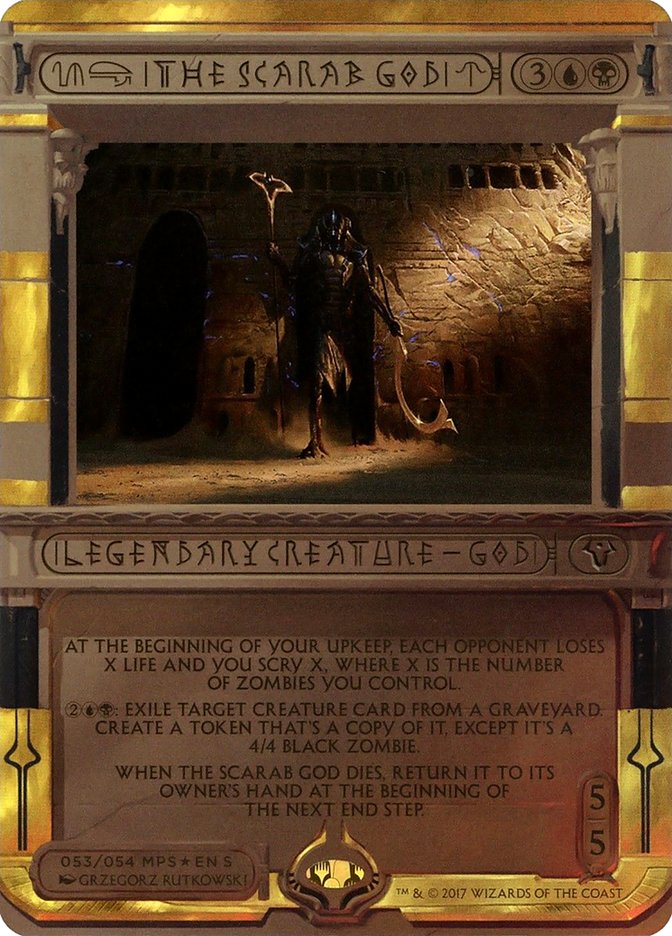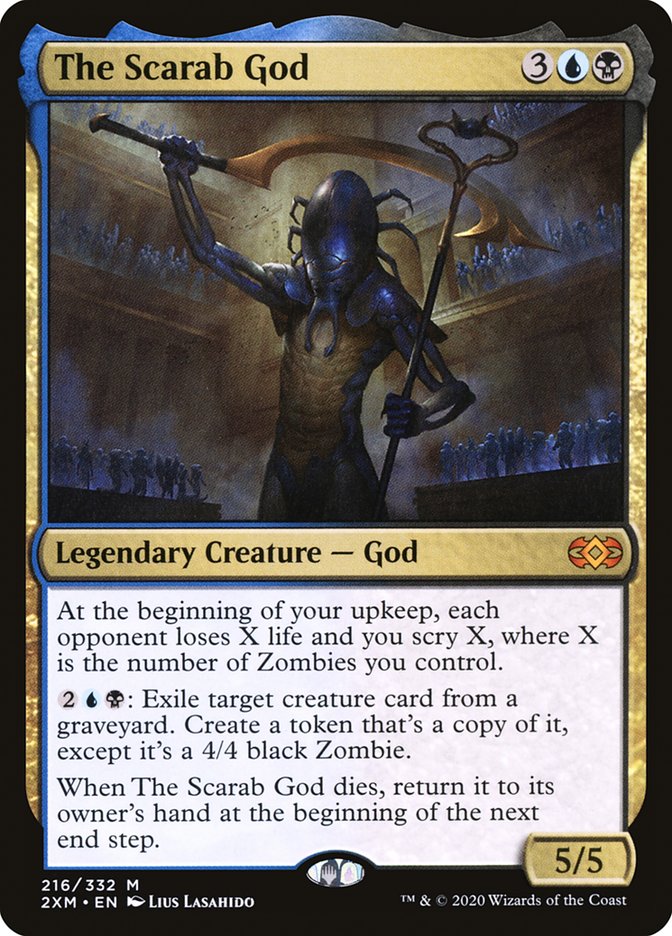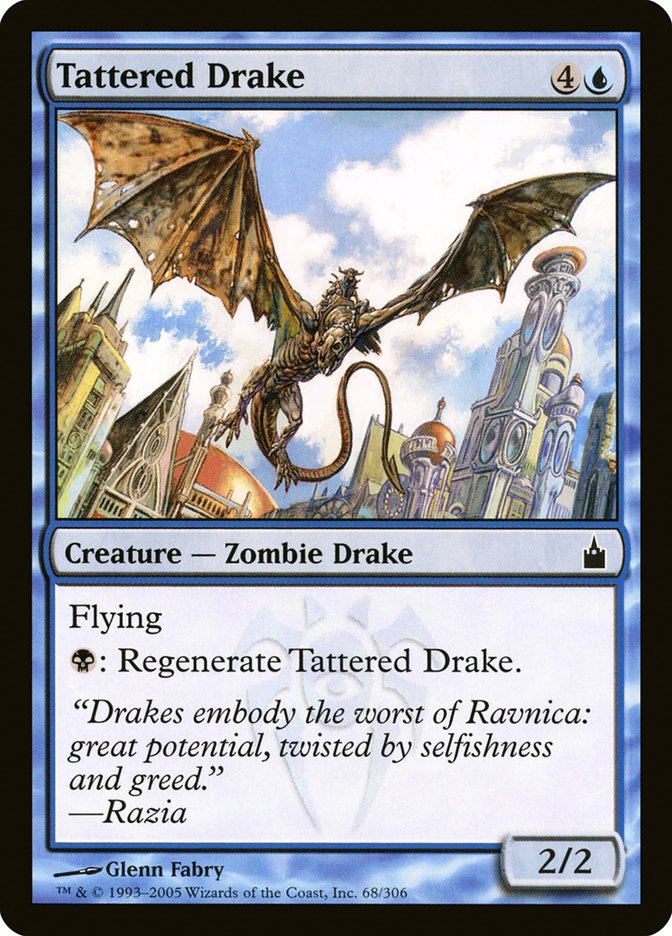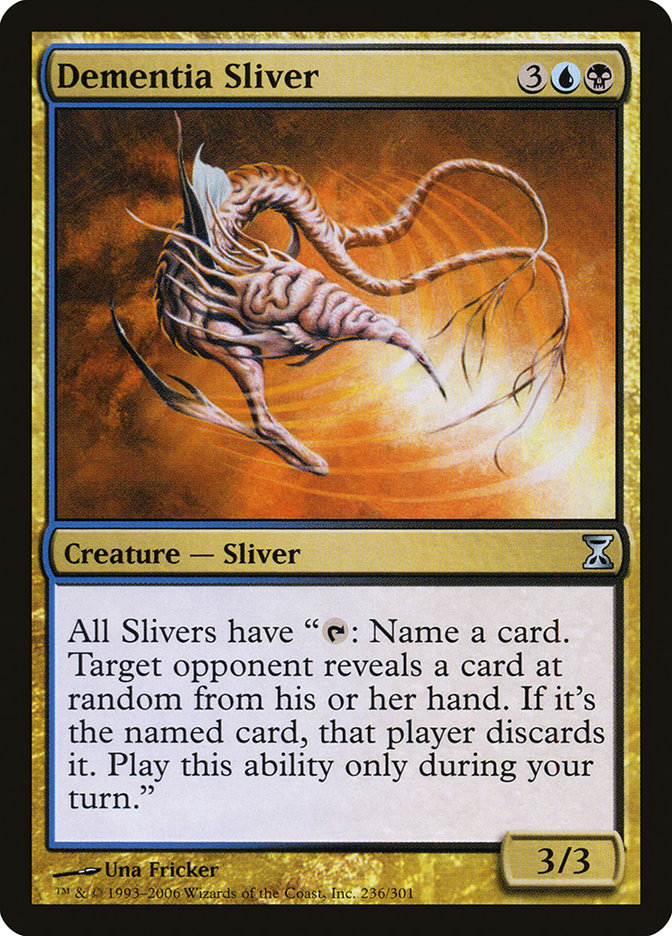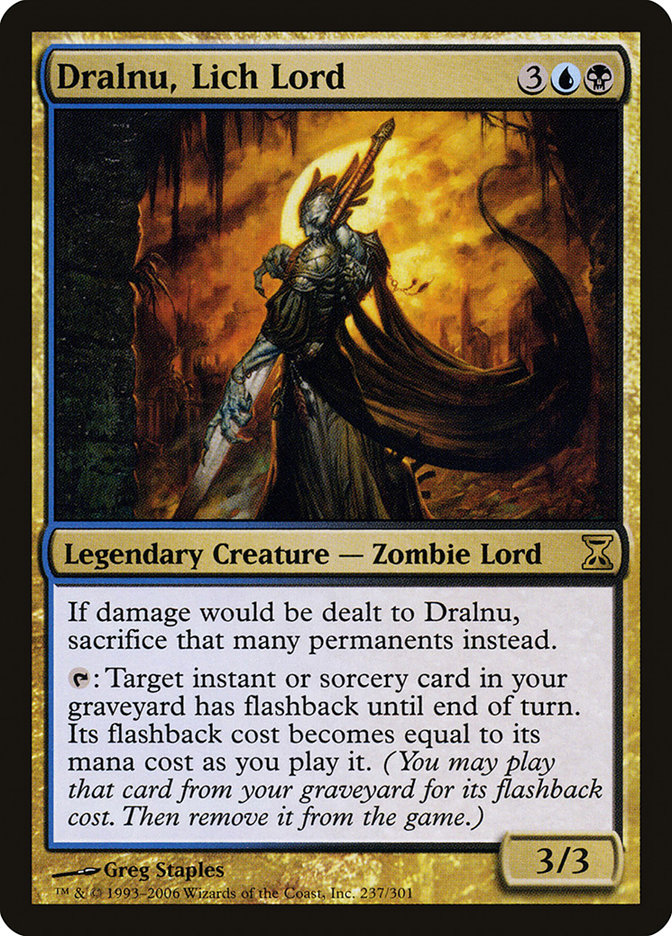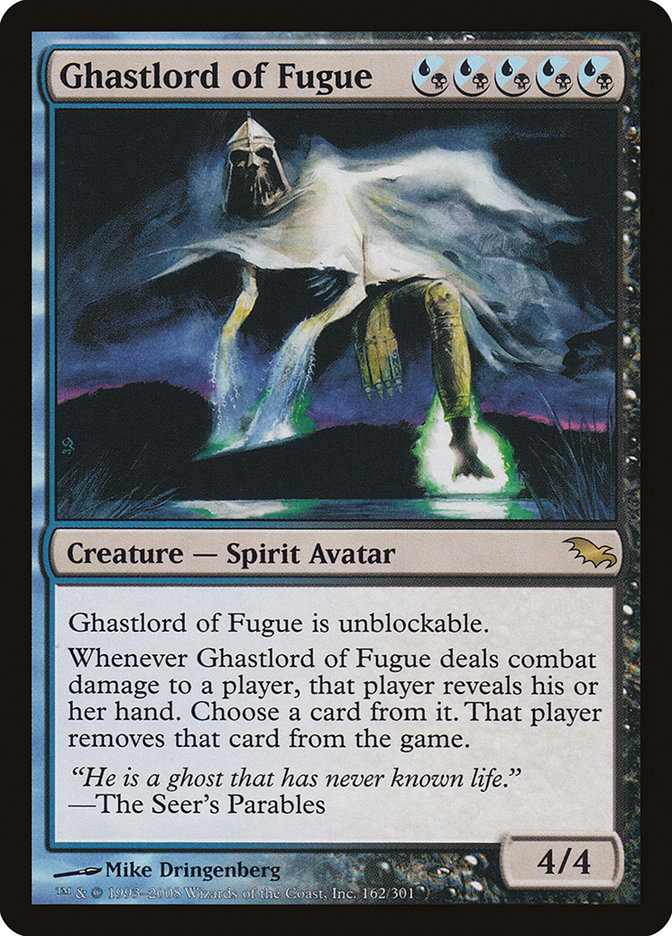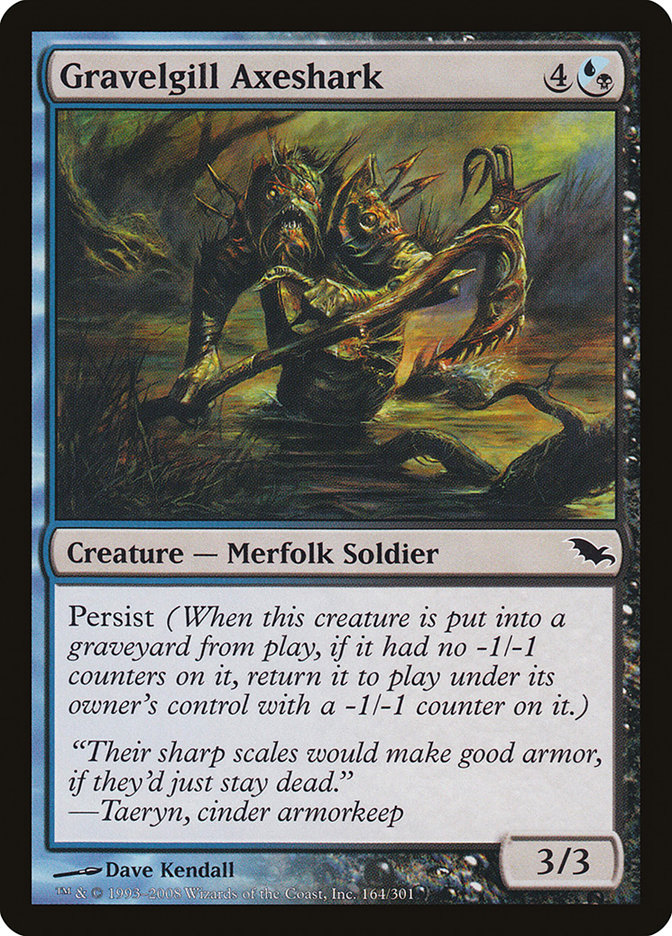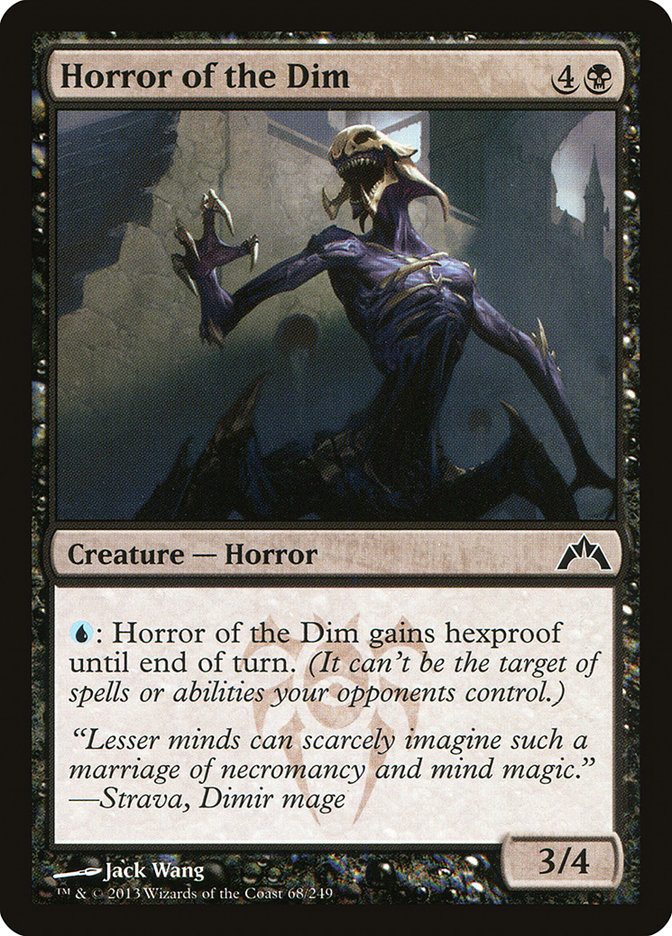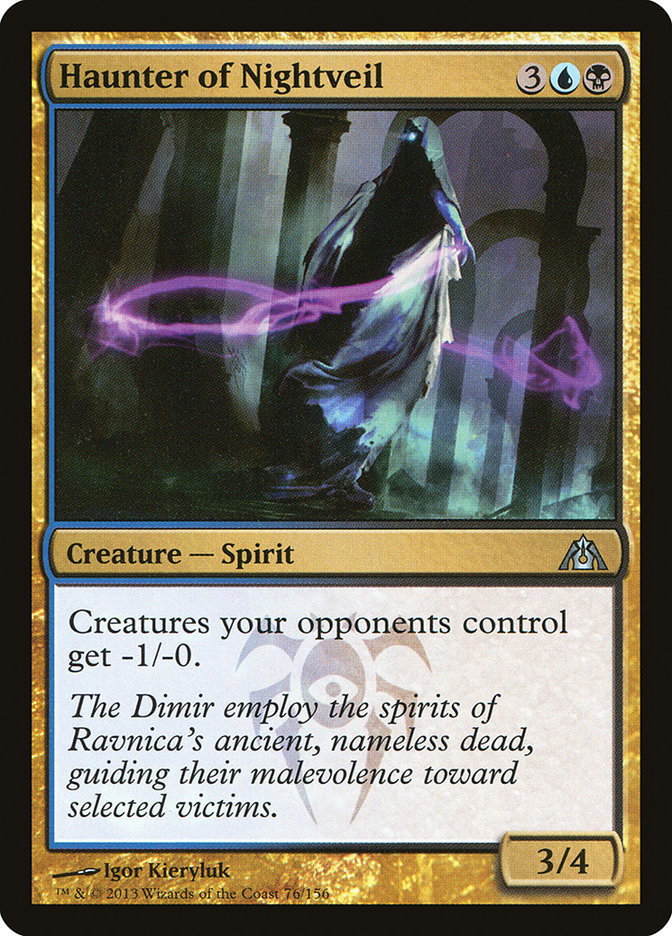The Scarab God MTG Card
| Card sets | Released in 8 setsSee all |
| Mana cost | |
| Converted mana cost | 5 |
| Rarity | |
| Type | Legendary Creature — God |
| Abilities | Scry |
| Power | 5 |
| Toughness | 5 |
Text of card
At the beginning of your upkeep, each opponent loses X life and you scry X, where X is the number of Zombies you control. : Exile target creature card from a graveyard. Create a token that's a copy of it, except it's a 4/4 black Zombie. When The Scarab God dies, return it to its owner's hand at the beginning of the next end step.
Cards like The Scarab God
The Scarab God stands out as a premier choice for commander decks in Magic: The Gathering, casting a long shadow over similar cards. It shares its reanimation themes with cards such as God-Eternal Bontu, yet it provides continuous value by creating a token copy each turn. Bontu, in contrast, offers a significant one-time effect that sacrifices other permanents for card draw and doesn’t directly interact with the graveyard.
Liliana, Death’s Majesty is another card that parallels some of The Scarab God’s capabilities, with both creating zombie creatures and interacting with the graveyard. The Scarab God excels due to its ability to be activated multiple times and its resilience, returning to the owner’s hand at the next end step if it’s ever destroyed. However, Liliana can affect the board more immediately with her wrath-like ability to destroy all non-zombie creatures.
Ultimately, The Scarab God’s uniqueness lies in its relentless control over the endgame, and the versatility it brings to any zombie-themed deck. While similar cards each have individual merits, few offer the same persistent and game-ending threat provided by The Scarab God.
Cards similar to The Scarab God by color, type and mana cost
Decks using this card
MTG decks using The Scarab God. Dig deeper into the strategy of decks, sideboard cards, list ideas and export to play in ARENA or MOL.
| # | Name | Format | Archetype | Event |
|---|---|---|---|---|
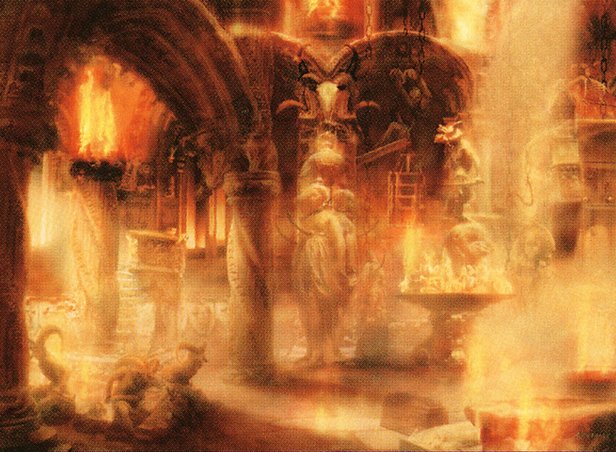 | Niv to Light | Pioneer | Niv to Light | Pioneer Challenge 32 2024-04-07 |
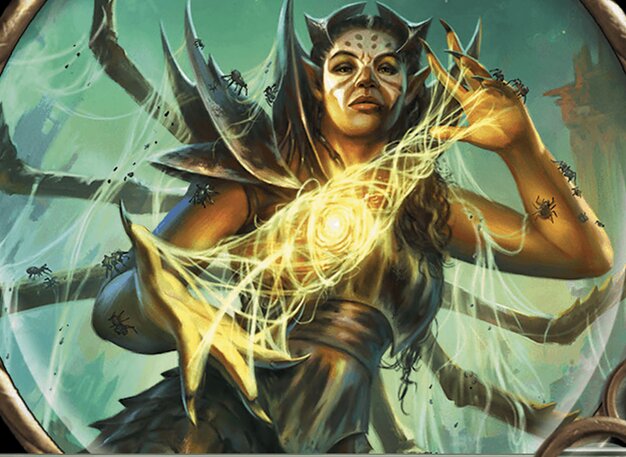 | Five-color Midrange | Explorer | The Pizza Box Open: Explorer | |
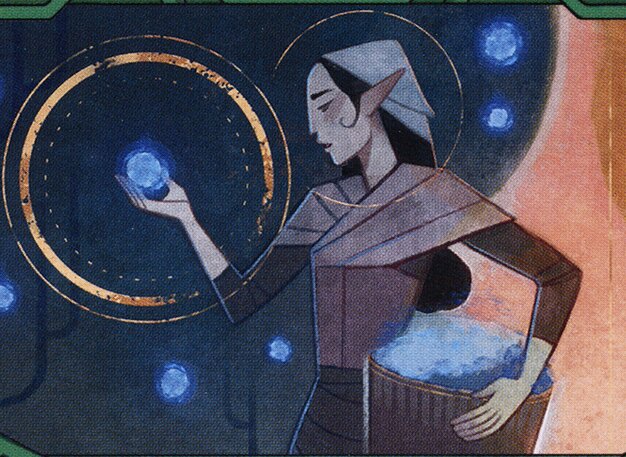 | Sultai Combo | Gladiator | Gladiator Proving Grounds: Week 15 2024 | |
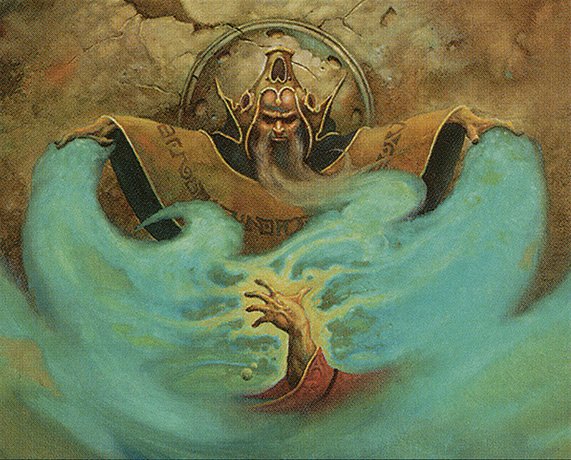 | Esper Control | Gladiator | Sword and Sandals Showdown: EMEA Week 15 2024 | |
 | Esper Midrange | Gladiator | Gladiator Proving Grounds: Week 15 2024 | |
 | Esper Flash | Gladiator | Gladiator Proving Grounds: Week 14 2024 | |
 | Four-color Combo | Gladiator | Gladiator Proving Grounds: Week 14 2024 |
Card Pros
Card Advantage: The Scarab God lets you bring creatures from any graveyard back to the battlefield under your control. This action not only swells your ranks but also whittles down opponents’ resources, handing you a sizeable card advantage as the game progresses.
Resource Acceleration: By constantly utilizing your graveyard and potentially your opponent’s as an extended hand, The Scarab God speeds up how quickly you can deploy threats on the board. This form of indirect resource acceleration means each graveyard becomes a valuable asset for you to exploit.
Instant Speed: Although The Scarab God itself doesn’t operate at instant speed, its ability to return creatures at the end of your opponent’s turn effectively allows you to bypass summoning sickness and apply pressure instantly on your turn. Additionally, the instant-speed aspect provides flexibility, letting you respond dynamically to the state of the game.
Card Cons
Discard Requirement: Although not necessary for its activation, maximizing The Scarab God’s potential often involves strategic discarding to ensure there are viable creatures to reanimate from the graveyard. This can lead to complex decisions and potential resource depletion, particularly in a hand-scarce situation.
Specific Mana Cost: With a casting cost that demands both blue and black mana, The Scarab God requires a commitment to a specific color pairing. This restricts deckbuilding to strategies that can reliably produce both types of mana, potentially limiting its inclusion to only certain types of decks.
Comparatively High Mana Cost: Five mana to cast can be costly, particularly in formats where the pace of play is exceptionally quick. While The Scarab God offers powerful long-term benefits, its initial mana investment is significant, and its impact may be delayed as a result, especially when compared to other lower-cost creatures or impactful spells that can be played earlier.
Reasons to Include The Scarab God in Your Collection
Versatility: The Scarab God stands out as a multi-functional commander or a powerful addition to any blue-black deck. Its ability to reanimate creatures from any graveyard adds substantial value, making it a flexible tool against a variety of opponents.
Combo Potential: This card synergizes with numerous strategies centered on graveyard manipulation and zombie tribal themes. It can set up combinations that yield overwhelming board states, tapping into a vast pool of zombie-centric combos.
Meta-Relevance: In competitive play, The Scarab God maintains its prominence by countering strategies that rely heavily on creature-based tactics. Its presence applies constant pressure, ensuring that it remains a relevant force in various meta environments.
How to beat
The Scarab God is a legendary creature that’s a persistent threat in MTG, known for its ability to create a stronghold for players with its zombie army. Taking down The Scarab God requires a strategy that often hinges on timing and resource management. One effective method is utilizing exile effects to remove it from the game completely, preventing its return-from-the-graveyard ability. Cards with exile effects like Path to Exile or Swords to Plowshares are key tools in ensuring The Scarab God doesn’t make a comeback.
Anot
BurnMana Recommendations
Mastering MTG involves deeper understanding of each card’s potential and how it can be leveraged for victory. The Scarab God offers a combination of versatility, resource acceleration, and pressure that can tip the scales in your favor. Exploiting graveyards, timing reanimations, and building around color pairings are essential skills when incorporating this card into your collection. If you’re keen on refining your gameplay and developing strategies that harness the full potential of powerful cards like The Scarab God, we’re here to guide you. Elevate your game by joining our community for insightful tips and strategic guidance.
Where to buy
If you're looking to purchase The Scarab God MTG card by a specific set like Amonkhet Invocations and Hour of Devastation, there are several reliable options to consider. One of the primary sources is your local game store, where you can often find booster packs, individual cards, and preconstructed decks from current and some past sets. They often offer the added benefit of a community where you can trade with other players.
For a broader inventory, particularly of older sets, online marketplaces like TCGPlayer, Card Kingdom and Card Market offer extensive selections and allow you to search for cards from specific sets. Larger e-commerce platforms like eBay and Amazon also have listings from various sellers, which can be a good place to look for sealed product and rare finds.
Additionally, Magic’s official site often has a store locator and retailer lists for finding Wizards of the Coast licensed products. Remember to check for authenticity and the condition of the cards when purchasing, especially from individual sellers on larger marketplaces.
Below is a list of some store websites where you can buy the The Scarab God and other MTG cards:
 BUY NOW
BUY NOW BurnMana is an official partner of TCGPlayer
- eBay
- Card Kingdom
- Card Market
- Star City Games
- CoolStuffInc
- MTG Mint Card
- Hareruya
- Troll and Toad
- ABU Games
- Card Hoarder Magic Online
- MTGO Traders Magic Online
See MTG Products
Printings
The The Scarab God Magic the Gathering card was released in 7 different sets between 2017-04-28 and 2023-08-04. Illustrated by 3 different artists.
| # | Released | Name | Code | Symbol | Number | Frame | Layout | Border | Artist |
|---|---|---|---|---|---|---|---|---|---|
| 1 | 2017-04-28 | Amonkhet Invocations | MP2 | 53 | 2015 | Normal | Borderless | Grzegorz Rutkowski | |
| 2 | 2017-07-14 | Hour of Devastation | HOU | 145 | 2015 | Normal | Black | Lius Lasahido | |
| 3 | 2017-07-15 | Hour of Devastation Promos | PHOU | 145s | 2015 | Normal | Black | Lius Lasahido | |
| 4 | Secret Lair Drop | SLD | 900 | 2015 | Normal | Borderless | Barely Human | ||
| 5 | 2020-08-07 | Double Masters | 2XM | 216 | 2015 | Normal | Black | Lius Lasahido | |
| 6 | 2020-08-13 | Amonkhet Remastered | AKR | 259 | 2015 | Normal | Black | Lius Lasahido | |
| 7 | 2023-08-04 | Commander Masters | CMM | 353 | 2015 | Normal | Black | Lius Lasahido | |
| 8 | 2023-08-04 | Commander Masters | CMM | 590 | 2015 | Normal | Black | Lius Lasahido |
Legalities
Magic the Gathering formats where The Scarab God has restrictions
| Format | Legality |
|---|---|
| Historicbrawl | Legal |
| Commander | Legal |
| Historic | Legal |
| Legacy | Legal |
| Modern | Legal |
| Oathbreaker | Legal |
| Vintage | Legal |
| Duel | Legal |
| Explorer | Legal |
| Gladiator | Legal |
| Pioneer | Legal |
| Timeless | Legal |
Rules and information
The reference guide for Magic: The Gathering The Scarab God card rulings provides official rulings, any errata issued, as well as a record of all the functional modifications that have occurred.
| Date | Text |
|---|---|
| 2017-07-14 | If this creature dies but leaves your graveyard before the next end step, it will remain in its new zone. |
| 2017-07-14 | The “next end step” refers to the next end step that occurs, not the end step of the next turn. If this creature dies before a turn's end step (for example, during combat), it will be returned to its owner's hand at the beginning of that turn's end step. |
| 2020-08-07 | In a Two-Headed Giant game, The Scarab God's first ability causes the opposing team to lose life equal to twice the number of Zombies you control, although you scry only equal to the number of Zombies you control. |
| 2020-08-07 | The number of Zombies you control is counted as The Scarab God's first ability resolves. Players can try to change that number in response to the ability (perhaps by activating its second ability). |
